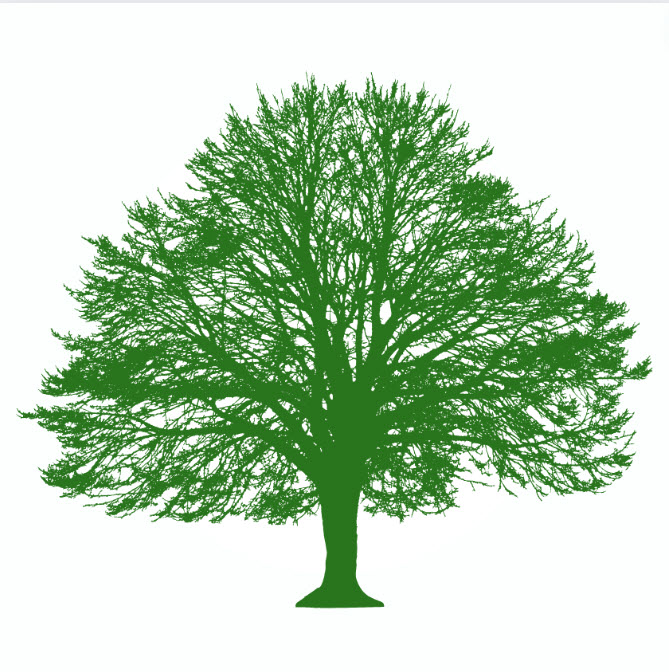
Tree Limb Removal
Guide to Tree Limb Removal: Safety, Techniques, and Best Practices
Tree limb removal is a critical aspect of arboriculture, landscaping, and property maintenance. Whether you’re dealing with a storm-damaged branch, an overgrown limb obstructing a pathway, or a dead branch posing a safety hazard, proper tree limb removal ensures the health of the tree, the safety of your property, and the aesthetics of your landscape. This guide explores the intricacies of tree limb removal, including why it’s necessary, how to do it safely, and when to call in professionals. By the end, you’ll have a clear understanding of the process, tools, and precautions involved.
Why Tree Limb Removal Matters
Tree limbs can become problematic for several reasons. Dead or damaged branches can fall unexpectedly, causing injury or property damage. Overgrown limbs may interfere with power lines, block sunlight, or obstruct views. Additionally, removing certain limbs can improve a tree’s health by encouraging proper growth and reducing the risk of disease. Regular maintenance through limb removal also enhances the visual appeal of your property, ensuring a well-kept and safe environment.
Common Reasons for Tree Limb Removal
-
Safety Hazards: Dead or weakened branches can fall, posing risks to people, pets, or structures.
-
Tree Health: Removing diseased or pest-infested limbs prevents the spread of infections.
-
Aesthetic Improvement: Trimming overgrown branches enhances the tree’s shape and your property’s appearance.
-
Obstruction Clearance: Limbs blocking pathways, driveways, or utility lines need to be removed.
-
Storm Damage: Broken or partially detached limbs from storms require immediate attention.
Safety First: Preparing for Tree Limb Removal
Tree limb removal can be dangerous, especially when dealing with large branches or heights. Before starting, assess the situation and prioritize safety. Here are key safety considerations:
-
Assess the Risk: Evaluate the size, weight, and position of the limb. Larger branches or those near power lines may require professional intervention.
-
Wear Protective Gear: Use safety glasses, gloves, a hard hat, and sturdy footwear to protect against falling debris.
-
Check Weather Conditions: Avoid working in high winds, rain, or storms, as these increase the risk of accidents.
-
Secure the Area: Keep bystanders, pets, and children away from the work zone to prevent injuries.
-
Use Proper Tools: Ensure all tools are in good condition and appropriate for the task.
Tools and Equipment for Tree Limb Removal
The right tools make tree limb removal efficient and safe. Depending on the size of the limb and the complexity of the job, you may need:
-
Hand Pruners: For small branches (up to 1 inch in diameter).
-
Lopping Shears: For branches up to 2 inches thick.
-
Pruning Saw: Ideal for branches 2–5 inches in diameter.
-
Pole Pruner: For reaching high branches without a ladder.
-
Chainsaw: For large limbs, used by experienced individuals or professionals.
-
Rope and Pulley System: To control the descent of heavy branches.
-
Ladder or Aerial Lift: For accessing high limbs, though professionals typically handle these.
Always inspect tools before use and follow manufacturer guidelines to ensure safety.
Step-by-Step Guide to Safe Tree Limb Removal
Follow these steps to remove tree limbs effectively while minimizing risks to yourself and the tree:
-
Plan the Cut: Identify the branch to remove and determine the best cutting point. Look for the branch collar (the swollen area where the branch meets the trunk) to make a clean cut that promotes healing.
-
Clear the Area: Ensure the area below the limb is free of obstacles and people.
-
Make an Undercut: For larger branches, cut upward about one-third of the way through the branch, 6–12 inches from the trunk. This prevents the bark from tearing.
-
Cut from the Top: Make a second cut slightly further out from the undercut, slicing downward until the branch falls.
-
Trim the Stub: Cut the remaining stub just outside the branch collar to promote proper healing.
-
Dispose of Debris: Collect and dispose of the branches responsibly, either by chipping, composting, or arranging for local pickup.
For high or heavy limbs, use a rope to guide the branch’s fall, ensuring it doesn’t damage nearby structures or plants.
When to Call a Professional Arborist
While small branches can often be handled by homeowners, certain situations require professional expertise. Consider hiring a certified arborist if:
-
The limb is near power lines or utility structures.
-
The branch is too large or heavy to handle safely.
-
The tree is diseased, and you’re unsure how to proceed.
-
You lack the proper tools or experience for the job.
-
The limb is high and requires specialized equipment like aerial lifts.
Professional arborists have the training, equipment, and insurance to handle complex tree limb removal safely and efficiently. They can also diagnose tree health issues and recommend long-term care strategies.
Environmental and Legal Considerations
Before removing tree limbs, check local regulations. Some areas have strict rules about tree maintenance, especially for protected species or trees in public spaces. You may need a permit to remove limbs, particularly if the tree is near a public road or utility line. Additionally, consider the environmental impact:
-
Wildlife Protection: Check for bird nests or animal habitats before cutting, as disturbing them may be illegal or harmful.
-
Proper Disposal: Recycle branches through composting or mulching rather than sending them to a landfill.
-
Tree Health: Avoid over-pruning, which can stress the tree and make it more susceptible to disease.
Common Mistakes to Avoid
Tree limb removal seems straightforward, but mistakes can harm the tree or lead to injury. Avoid these pitfalls:
-
Cutting Too Close to the Trunk: This can damage the branch collar and hinder healing.
-
Leaving Stubs: Long stubs prevent proper healing and invite pests or disease.
-
Over-Pruning: Removing too many limbs at once can weaken the tree.
-
Using Dull Tools: Dull blades create jagged cuts that are harder for the tree to heal.
-
Ignoring Safety Protocols: Skipping protective gear or working in unsafe conditions increases the risk of accidents.
Maintaining Tree Health Post-Removal
After removing limbs, monitor the tree’s health to ensure it recovers properly. Apply a wound sealant only if recommended by an arborist, as most trees heal naturally. Water the tree adequately, especially during dry periods, and watch for signs of stress, such as wilting leaves or unusual bark discoloration. Regular pruning every 1–3 years can prevent the need for major limb removal in the future.
Benefits of Regular Tree Limb Maintenance
Proactive tree limb removal offers numerous benefits:
-
Enhanced Safety: Reduces the risk of falling branches.
-
Improved Tree Health: Promotes strong growth and prevents disease spread.
-
Increased Property Value: Well-maintained trees enhance curb appeal.
-
Better Light and Airflow: Thinning branches allows more sunlight and air to reach the tree and surrounding plants.
-
Storm Preparedness: Regular pruning minimizes damage during storms.
Conclusion
Tree limb removal is both an art and a science, requiring careful planning, the right tools, and a focus on safety. Whether you’re trimming small branches or tackling larger limbs, understanding the process ensures the health of your trees and the safety of your property. For complex or risky jobs, don’t hesitate to call a professional arborist. By following best practices and staying mindful of environmental and legal considerations, you can keep your trees thriving and your landscape beautiful for years to come.


